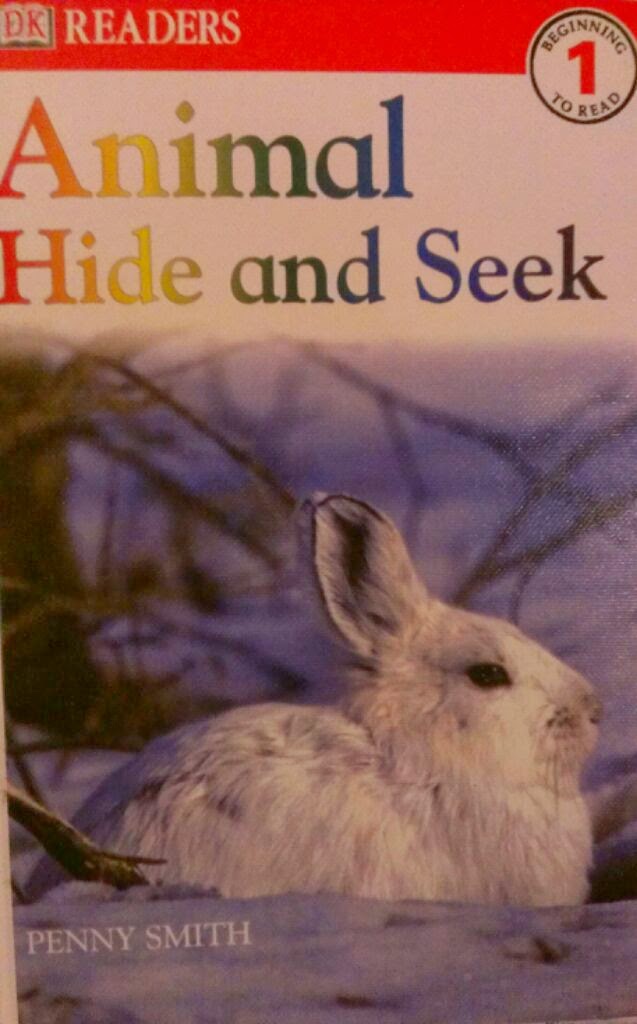Tiger Can’t Sleep
Written by S.J. Fore
Illustrated by R.W. Alley
Scholastic Inc., 2006
Fantasy
32 pages
In
this story, a little boy tries his very best to fall asleep. However, the tiger
in his closet will not stop making all kinds of noise. Every time the boy
starts to fall asleep, the tiger decides to do something active. This
frustrates the boy and keeps him from being able to fall asleep. Will the tiger
ever go to sleep? Will the boy be able to go to sleep too? Find out by reading Tiger Can’t Sleep!
The
illustrations in this book are very artistic. A viewer can tell that the
illustrator, R. W. Alley, put a lot of work into the art created. The illustrator seems to use pen and
watercolors to portray the right illusion for the book. The illustrator also
used horizontal and vertical lines to help the reader flow through each page.
Nevertheless, Alley’s pictures go hand in hand with the text in the story.
I
would recommend using this book in a first or second grade classroom. This book
can be integrated into a classroom in three different ways. First, this book
has plenty of onomatopoeias to introduce to a classroom full of students. Secondly, this book can help with fluency
work for students. Lastly, this book would be great for introducing vowel
diphthongs to a struggling student.




